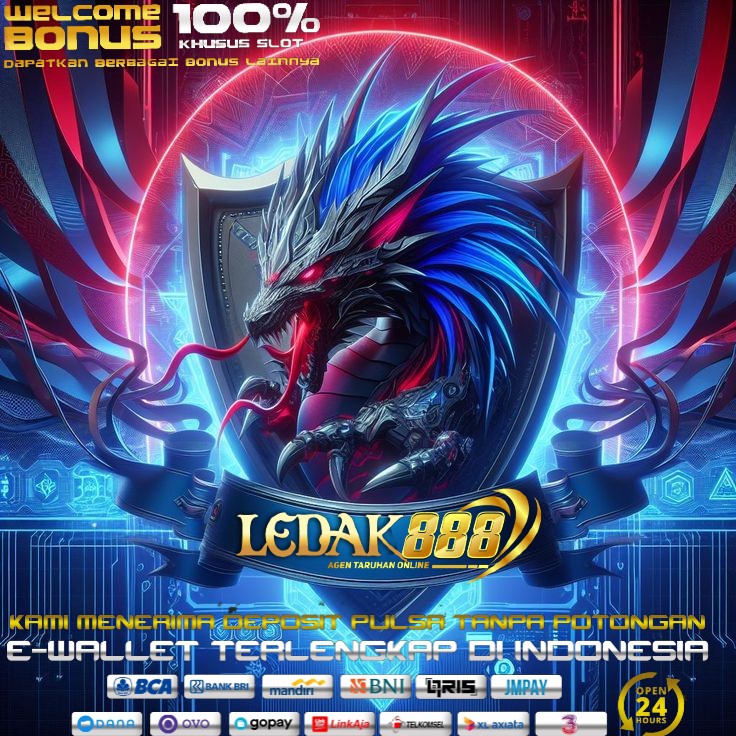Ledak888: Situs Slot Online Terbaik dengan Bonus dan Promo Menguntungkan
Selamat datang di LEDAK888, situs judi online terpercaya dan terbaik di Indonesia. Kami menawarkan berbagai pilihan permainan judi online yang menarik dan menguntungkan, termasuk poker, domino, slot, dan lain-lain. Dengan pelayanan yang cepat dan ramah, kami berkomitmen untuk memberikan pengalaman bermain yang nyaman dan aman bagi semua pemain. Kami juga memiliki sistem keamanan yang terjamin dan proses pembayaran yang cepat dan mudah
situs slot online yang memberikan kemenangan untuk semua membernya. Jika Anda mencari tempat bermain slot gacor hari ini yang paling gampang menang dan maxwin, maka LEDAK888 adalah pilihan yang tepat. Kami berani memberikan garansi kekalahan 100% kepada semua member yang bergabung di situs kami.Jika Anda ingin bergabung dengan kami dan mengalami kemenangan besar, daftar sekarang juga di LEDAK888 Kami siap membantu Anda dalam memainkan permainan slot online yang aman dan nyaman.
-
Smart Speakers
-
With Screens
-
Alexa on the go
-
Kindle E-Readers
-
Video Doorbells
-
Security Cameras
-
Accessories
-
Wi-Fi 5
-
Wi-Fi 6
-
Wi-Fi 7
Customer reviews
-
Top reviews


